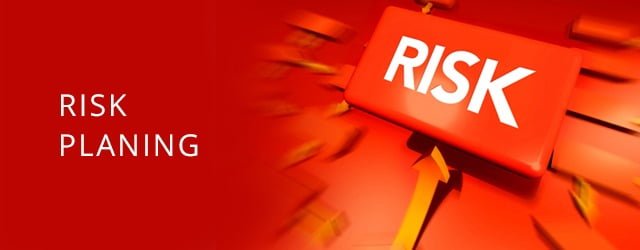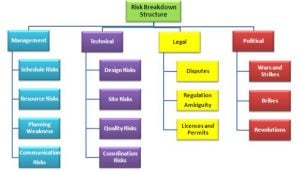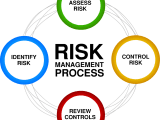
Risk Planning
15 March 2019Table of Contents
Risk Planning
Usually, risk plan is the first effort that is being done through project risk management.
However, in some projects, the top management in the organization identifies high level risks in the project charter and these high level risks are the input for the project manager that clarify an image of what risks are significant and important for the top management.
Risk plan is a subsidiary plan of project management plan that describes how risk management activities will be managed throughout the project phases. This plan performs as a guide of how you will accomplish all the activities of risk management. It defines the tools and approaches that will be used, roles and responsibilities, estimated budget for these activities, risk categories, risk definitions, reporting formats, and auditing procedures.
Through the next paragraphs, we will show examples for some of these components of risk management plan.
1 – Tools & Approaches
Risk management activities may be done manually or using computer software programs. These software programs expedite, facilitate, and fully control the of risk management activities. These programs can be integrated with other organization systems such as scheduling, costing, and ERP systems. The capabilities of these programs are not only for calculation and assessment; however it can track and communicate responsibilities to the team assigned for these tasks and also for the management to be able to follow the status and take actions.
2 – Roles and Responsibilities
Table-1 shows an example for the roles and responsibilities.
| Team member Name |
Role | Responsibilities |
| Ahmed Arafa | Risk Manager |
1. Develop the risk management plan 2. Manage the risk management team. 3. Follow up that risk management activities are being done with the valid manner in the right time. 4. Monitor contingency reserve and maintain the sufficiency of monetary in reserve fund. 5. Report on risk management activities. |
| Ayman Nagy | Risk Software Admin |
1. Administrate the risk management program. 2. Maintain and monitor the privilege of users. |
| Wael Samy | Risk Engineer |
1. Share in the identification of risks. 2. Develop the qualitative and quantitative analysis. |
Table-1 : Roles and Responsibilities
3 – Timing and Frequency
Risk management activities are being done according to a time scheduling that is being developed by the risk manager and in conformity of project management vision.
Figure-1 is an example of risk management activities time scheduling.
Figure-1 : Risk Activities Time Schedule
Risk management meetings could be determined to be as a separate meeting and held on weekly, bi-weekly, or monthly basis. The common practice is that risk management activities are being discussed in the progress status weekly meeting.
4 – Risk Categories
Risk Categories can be illustrated in a list or a risk breakdown structure. Figure-2 is an example of risk breakdown structure.
Figure-2 : Risk Breakdown Structure
5- Risk Definition
This is the classification criteria that will be used further in order to qualitatively assess risks. Table-2 shows an example of these limits.
Table-2 : Risk Classification Limits
6 – Risk tracking and Reports format
This defines how risks will be tracked during project phases; and the formats of risk reports that will be used to communicate risk information through vertical and horizontal communication channels.





